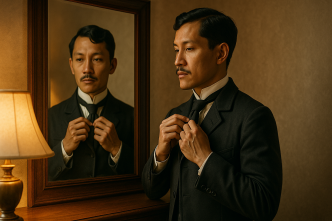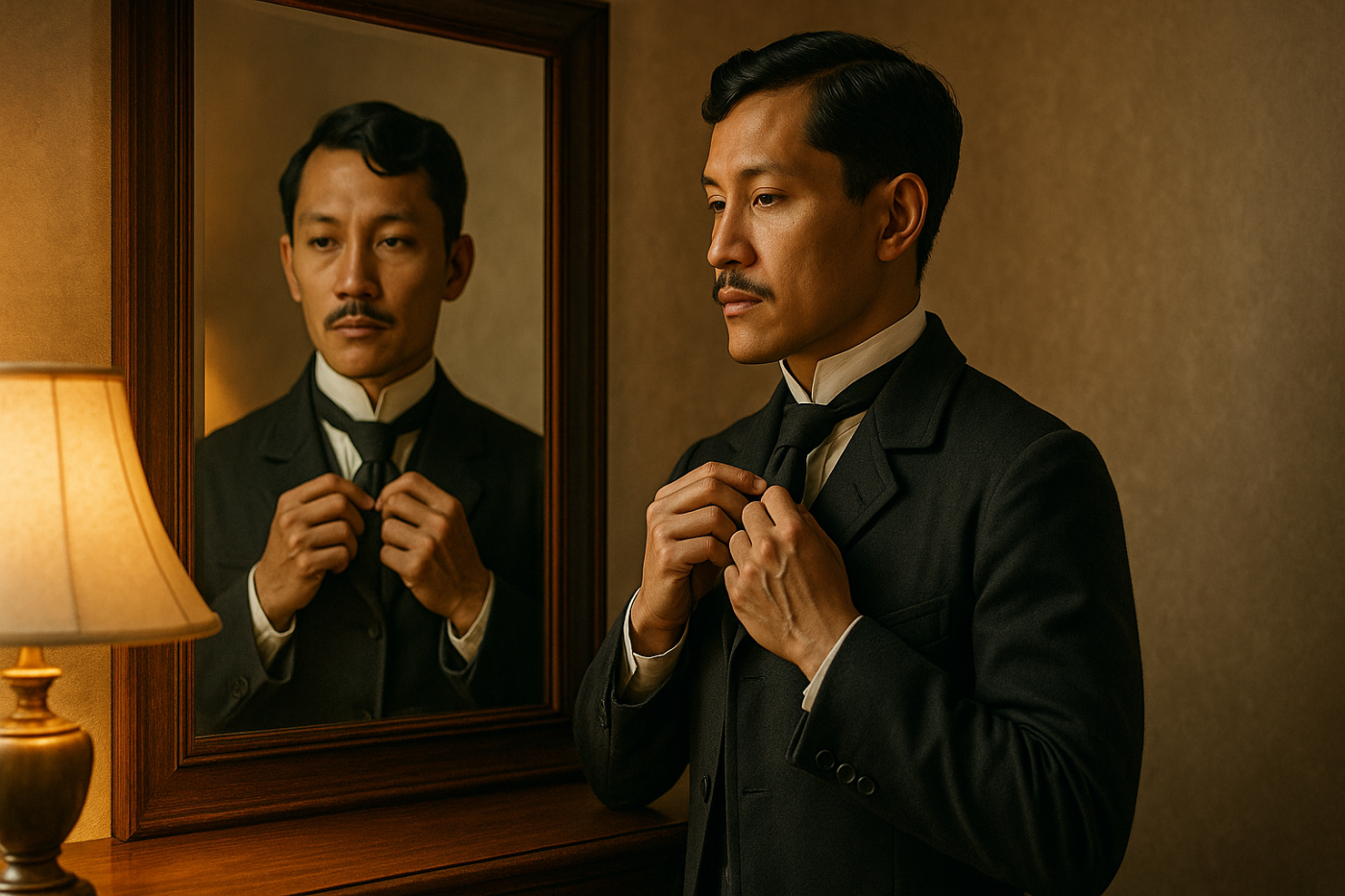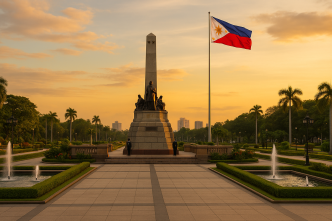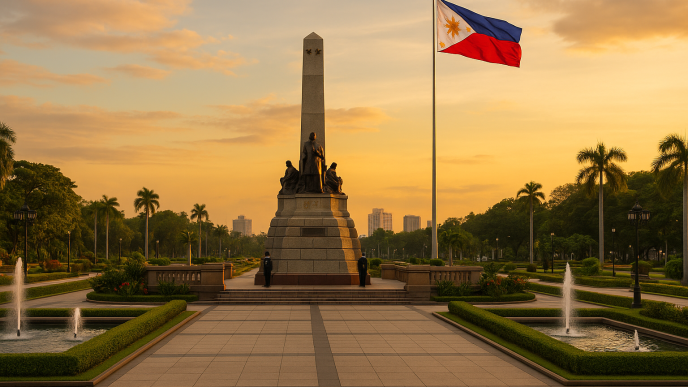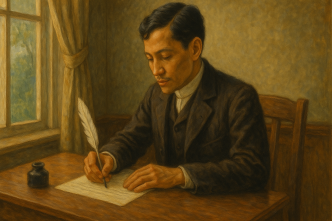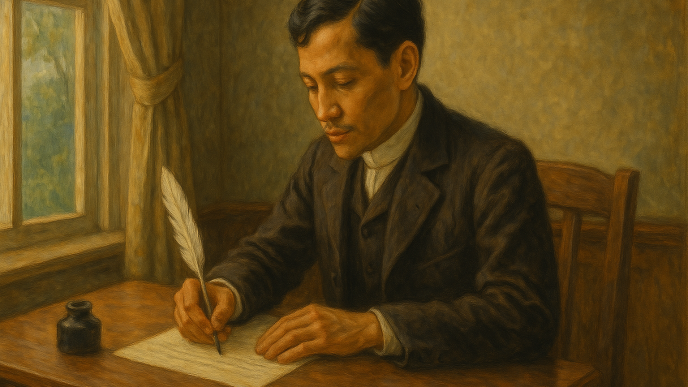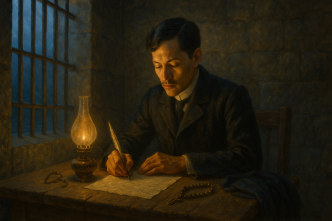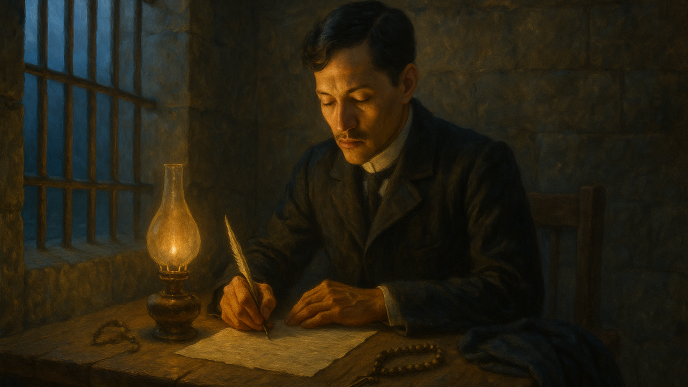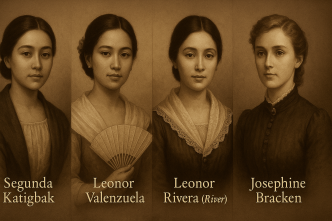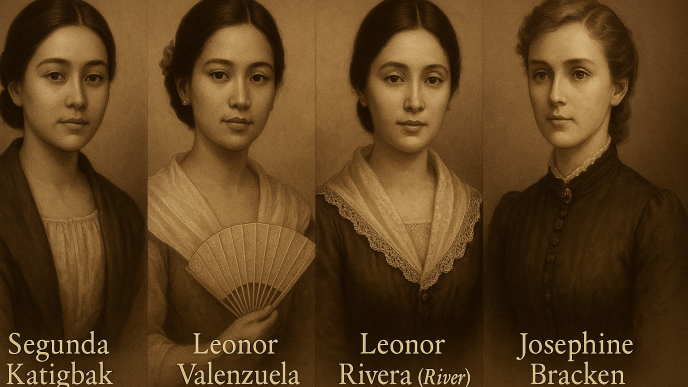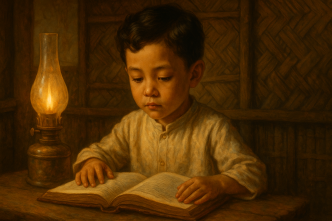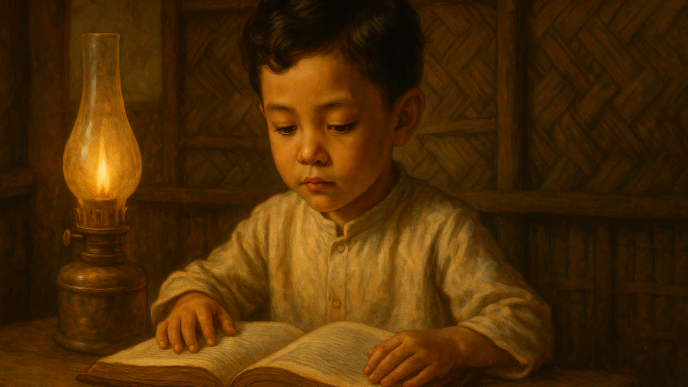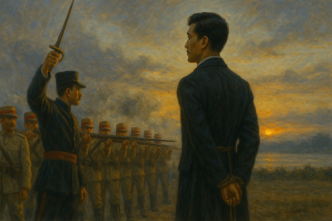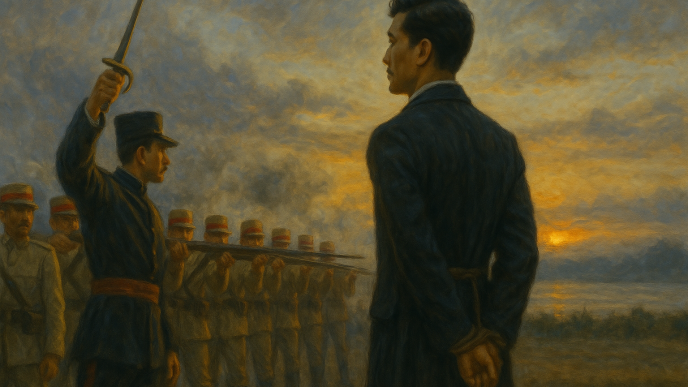José Protasio Rizal Mercado y Alonso Realonda went by more than one name —and each points to a different role he played: son, brother, and friend (“Pepe”), reformist writer (“Laong Laan,” “Dimasaláng”), physician (“Doctor Uliman”), even a practical travel alias (“José Mercado”).
Understanding these names helps us see how Rizal moved through family life, journalism, Masonry, and a hostile colonial order.
Pepe: The family nickname
Filipinos commonly call José “Pepe.” A widely cited explanation traces Pepe to Catholic usage: Saint Joseph (San José) was styled in Latin as Pater Putativus (“putative father,” abbreviated P.P.); pronounced in Spanish, “P.P.” sounds like peh-peh or Pepe.
The National Historical Commission of the Philippines summarizes this popular etymology via Felice Prudente Santa Maria’s In Excelsis. (Linguists note other theories too, but P.P. remains the best-known folk origin in Spanish-speaking cultures.)
When Rizal was little, his brother and sisters reportedly also called him “Ute” or “Ote,” likely to be a form of baby talk or a shortened, affectionate version of “Jose.”
Doctor Uliman (or Aleman): The Calamba moniker
When Rizal returned from Europe and briefly practiced in Calamba in 1887, townsfolk dubbed him “Doctor Uliman/Aleman” (“the German doctor”), reflecting both his ophthalmology training in Germany and his European clinical style.
A municipal history from Wilhelmsfeld (Germany), where Rizal stayed in 1886, notes the later nickname explicitly; Knights of Rizal summaries echo how patients flocked to “Doctor Uliman.”
Laong Laan: The reformist byline
Meaning. From Tagalog laón (“of old; long-standing”) + laán (“reserved, set aside”), often glossed “ever-prepared” or “kept in reserve for a long time.” A Philippine Masonic lodge named for the alias explains this sense.
Where he used it. Rizal first signed “Laong Laan” to his 1882 essay “El Amor Patrio” (“Love of Country”) in Diariong Tagalog and later used it in the reformist newspaper La Solidaridad.
Memory on the map. Manila’s Sampaloc district commemorates this alias in Laong Laan Street.
Dimasaláng: The “untouchable” signature
Meaning. In older Tagalog, dí-masaláng conveys “not to be touched / unassailable.” (It’s widely glossed “untouchable,” capturing the idea of being beyond reach.)
Where he used it. Rizal wrote under “Dimasaláng” in La Solidaridad; in Masonry he chose “Dimasaláng” as his symbolic name, a common custom among Spanish-rite lodges of the era.
Memory on the map. Sampaloc’s Dimasalang Street keeps the pseudonym alive in public space.
José Mercado: The discreet travel name
For his first trip abroad in 1882, Rizal kept plans secret and sailed using papers in the name “José Mercado”—both a legal part of his long family name and a practical alias to reduce attention from colonial authorities.
Several travel chronologies and university resources describe the “José Mercado” passport used on the steamer Salvadora. (Later, he dropped “Mercado” in many settings and used “Rizal” more consistently.)
Not a nickname (but often confused): “Rednaxela”
You’ll sometimes see “Rednaxela” linked to Rizal. This is not a pen name. It’s the quirky, backward-spelled Hong Kong street — Rednaxela Terrace — where he lived in 1891–1892 while practicing as an eye doctor. The odd name likely came from a reversed or mistranscribed “Alexander.”
Why Rizal needed (and enjoyed) multiple names
- Colonial prudence. Pseudonyms lowered risks for a writer attacking abuses of friars and officials. Publishing under “Laong Laan” or “Dimasaláng” separated the polemicist from the person the authorities watched. La Solidaridad itself lists contributors with pen names, showing the Propaganda Movement’s habit of protective aliases.
- Rhetorical effect. “Laong Laan” projected calm readiness; “Dimasaláng,” defiance. The names were arguments as much as signatures—telegraphing a moral stance before the reader reached the first paragraph.
- Public memory. Manila street names — Laong Laan and Dimasalang —fold these identities into everyday life, reminding Filipinos that nation-building once traveled under code.
Quick reference
- Pepe: Family/friends’ nickname for José. Also “Ute” or “Ote.”
- Doctor Uliman / Aleman: Calamba townsfolk’s tag for the “German doctor.”
- Laong Laan: Reformist byline; “ever-prepared,” used in Diariong Tagalog and La Solidaridad.
- Dimasaláng: Reformist/Masonic name; “untouchable”; used in La Solidaridad and in Lodge records.
- José Mercado: Practical travel alias on his 1882 passport.
